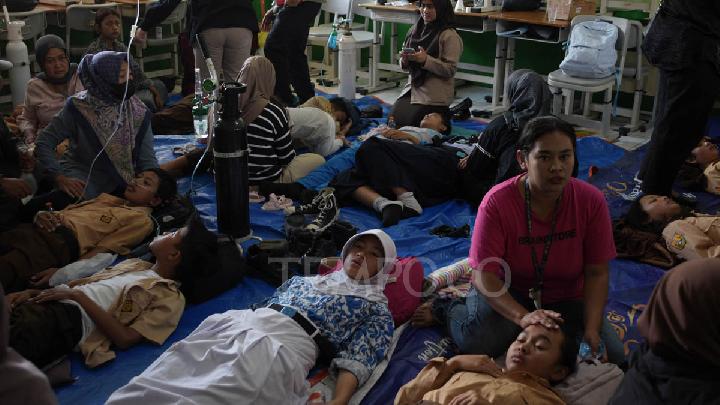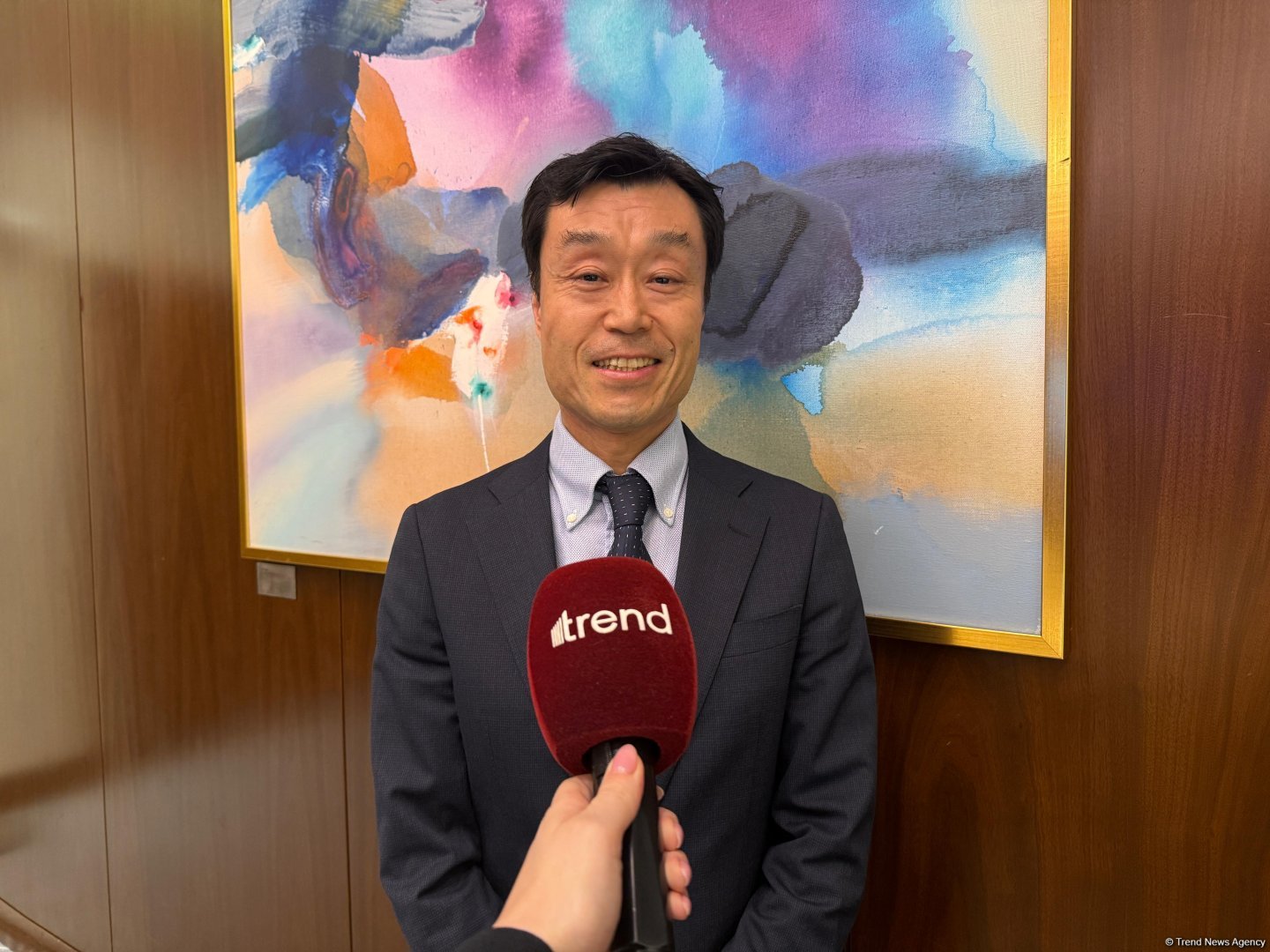Copyright timesnownews

Joe Biden has completed a round of radiation therapy treatment for the aggressive form of prostate cancer he was diagnosed with after leaving office, his spokesperson informed. The 82-year-old former President had been receiving treatment at Penn Medicine Radiation Oncology in Philadelphia. Biden left office in January this year, six months after he dropped his bid for a reelection after an embarrassing debate against Donald Trump - amid concerns about his age, health and mental fitness. In the summer, Biden announced he had been diagnosed with prostate cancer and that it had spread to his bones. The discovery came after he reported urinary symptoms. Doctors grade prostate cancer for aggressiveness using a Gleason score, which ranges from 6 to 10, with 8, 9, and 10. A higher score means that prostate cancer is more aggressive. Biden’s office said his score was 9, suggesting his cancer is among the most aggressive. Last month, Biden also underwent surgery to remove skin cancer lesions from his forehead. What is radiation therapy? Radiation therapy, also known as radiotherapy, is a common cancer treatment that uses radiation to kill cancer cells. According to experts, radiation therapy is used independently or alongside other treatments, like surgery or chemotherapy. Radiation oncologists are doctors who specialize in radiation therapy. Your radiation oncologist will determine whether radiation therapy would benefit you. If so, they will determine the best type of radiation therapy for the kind of cancer you have. They also design the radiation treatment plan with the radiation dosage that will destroy cancer cells without harming nearby healthy tissue. What does radiotherapy do? Radiation therapy may be your only treatment, or it may be used to: Shrink tumors before other cancer treatments, like surgery (neo-adjuvant therapy) Destroy any remaining cancer cells after surgery (adjuvant therapy) Kill cancer cells that return after previous treatment. Radiation therapy can also destroy benign or noncancerous tumours, causing symptoms. How does radiation therapy work? Radiation therapy uses high-energy radiation to damage the DNA of cancer cells, which stops them from growing and dividing, eventually causing them to die. The treatment can take days or weeks, as repetitive exposure is needed to cause enough damage for the cells to die, and the dead cells are then eliminated by the body over time. Radiation can be delivered from external machines or placed inside the body, and its precise targeting minimizes damage to surrounding healthy tissues. What are the side effects of radiation therapy? Most people receive radiation therapy spread out over multiple treatment sessions so they do not receive the full dose all at once. The treatment schedule gives your healthy tissue time to recover between sessions. The healing time reduces side effects. However, you may still experience a few unpleasant side effects that include: Fatigue Nausea Vomiting Diarrhoea Headaches Skin irritation Dry and itchy scalp Hair loss Sores in the mouth



